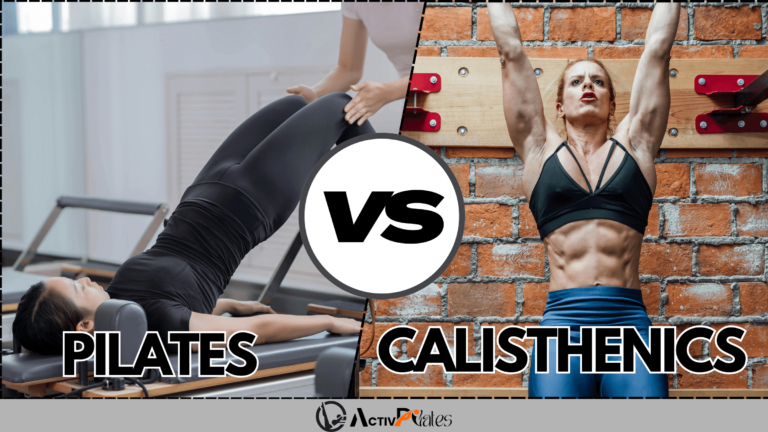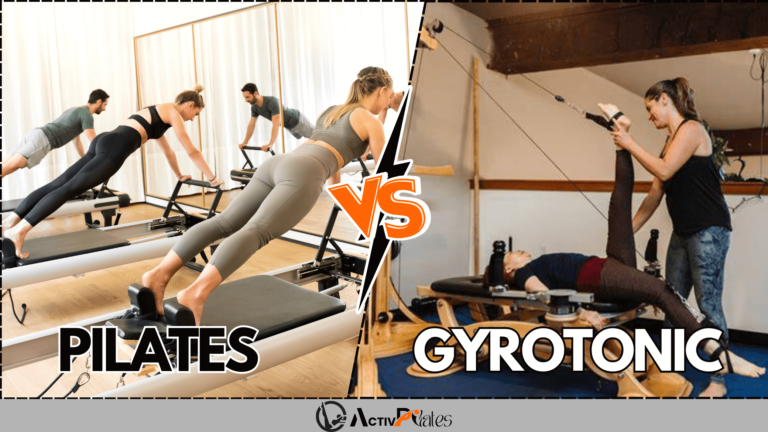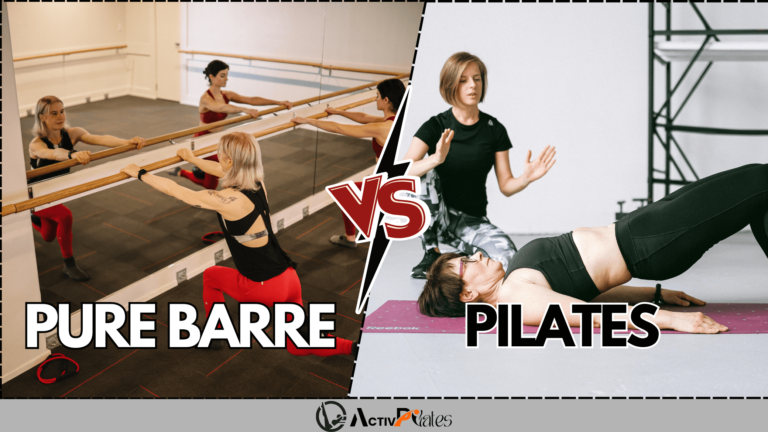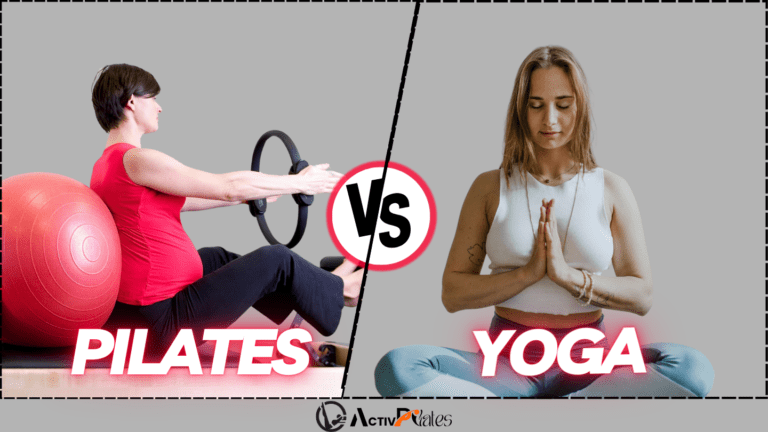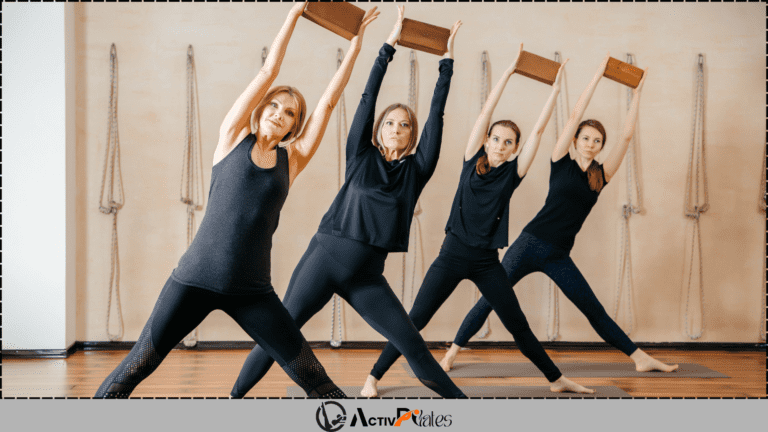Strength Training vs Pilates
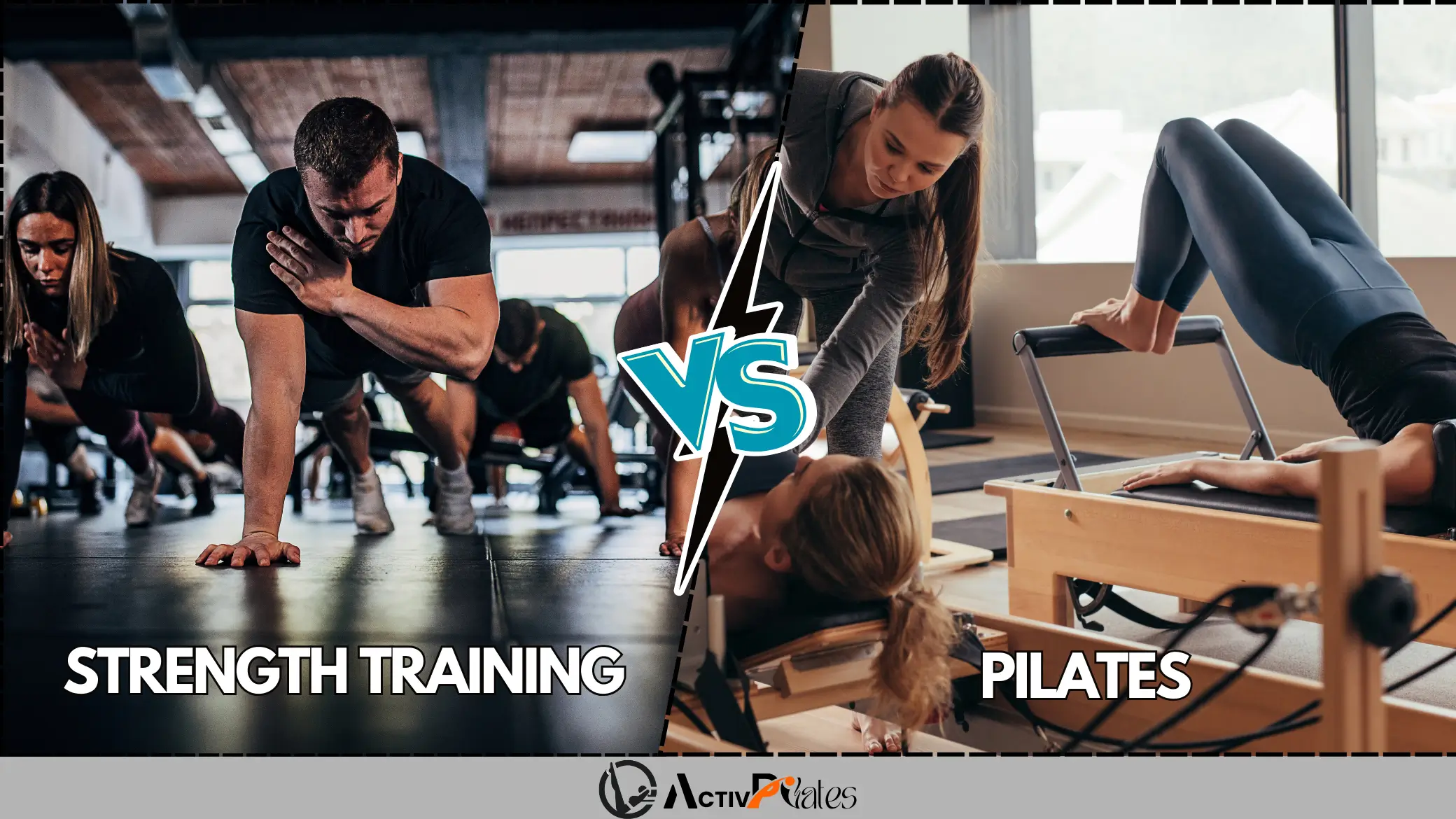
Pilates and strength training are both known for their unique benefits and approaches. Pilates is a set of low-impact exercises to improve flexibility, posture and core strength. It uses tools such as the Pilates reformer machine, Pilates ball, and magic circle Pilates that strengthen and elongate muscles. This workout is ideal for both beginners and professionals, and is also very effective for injury prevention.
On the other hand, weight training is designed to improve muscle mass, strength and endurance. High-intensity exercises with dumbbells and barbells enhance overall fitness and performance. It is a preferred option for gym enthusiasts who want to improve body composition. But, weight training focuses less on flexibility and posture, which are the core benefits of Pilates.
Defining Pilates
Pilates is a unique fitness practice designed to improve core strength, flexibility, and overall body balance. The system was developed by Joseph Pilates in the early 20th century. Pilates exercises improve posture and enhance muscle coordination, which is ideal for today’s hectic lifestyle. People often explore this practice through tools like reformer pilates, and pilates ball, which make the workout even more engaging.
Its focus is on breathing techniques and controlled movements that reduce stress and boost mental clarity. For beginners, accessories like Pilates outfits and Pilates socks grips are helpful, which ensure safety and comfort during movements. Despite being low-impact, Pilates strengthens joint muscles and helps prevent injuries, making it suitable for different age groups.
Key Benefits of Pilates
- Enhances Core Engagement and Stability:Pilates targets your core muscles, such as the abs and lower back, which improves your body’s stability and posture. Using the Pilates reformer machine makes this even more effective.
- Increases Overall Flexibility and Muscular Strength: Pilates exercises improve body flexibility and muscular strength. You can make your workout even more engaging by using pilates ring and magic circle pilates.
- Alleviates and Prevents Back Pain: Pilates improves spine alignment and reduces back pain. Pilates ball and stretching exercises can be very helpful for this.
- Reduces Injury Risk Through Controlled Movements: The movements in Pilates are controlled and low-impact, which protects you from injuries. Pilates machines, such as the pilates tower, provide safe and effective workout options.
Understanding Strength Training
Weight training is a type of physical activity used to build muscle and increase strength. It uses heavy weights or resistance bands to put stress on the muscles. It is an effective and proven method for reaching your gym body and strength goals. When combined with a Pilates gym, the workout becomes even more balanced and versatile.
Weight training works your body’s large muscle groups such as the biceps, quads and glutes. It helps improve strength and endurance. At Pilates San Diego and local fitness centers, the program is designed for beginners up to the advanced level. Weight training also improves heart health and metabolism.
Key Benefits of Strength Training
Weight training has numerous benefits that can make your fitness journey more effective and sustainable.
- Promotes muscle hypertrophy and improves bone density: It makes your body toned and sculpted by increasing the size and strength of muscles. It also improves your bone density, which helps prevent osteoporosis and other bone problems.
- Accelerates calorie burn and metabolic rate: Weight training helps your body burn more calories and improves your metabolic rate, which helps in fat loss and weight management.
- Aids in maintaining a healthy body composition: Weight training improves the body’s fat and muscle ratio, which gives you a healthy and fit body shape.
- Optimizes body mechanics and functional strength: It improves body movement and strength needed for everyday physical activities and exercises, providing long-term health benefits.
Comparing Pilates and Strength Training
Pilates and weight training are both fitness options, but their workout goals are different.
- Workout Goals: Pilates Workout Goals:
Reformer Pilates, using pilates ball exercises and the pilates reformer machine, works on core strength, flexibility, posture improvement and the mind-body connection. The focus of Pilates is to provide length and flexibility to the body as well as balance and alignment. This workout is popular in locations like Pilates NYC and Pilates San Diego. With Pilates you work your core muscles and small stabilizing muscles. - Weight Training Workout Goals:
Weight training focuses on improving muscle hypertrophy, bone density and body mechanics. You use heavier weights and resistance exercises such as pilates machine, pilates bar and pilates austin. Weight training increases calorie burn and improves body composition. Home pilates machines and gym workouts help to achieve this goal. - Exercise Styles: Pilates involves controlled, low-impact movements, whereas weight training incorporates resistance through weights.
- Targeted Muscles: Pilates targets smaller stabilizing muscles, while weight training focuses on larger muscle groups.
- Required Equipment: Pilates often uses mats and reformers, while weight training requires free weights, machines, or resistance bands.
Intensity Levels: Pilates offers moderate intensity, while weight training varies from moderate to high intensity depending on the load.
Pros and Cons of Pilates
Selecting the Right Option for Your Goals
Addressing Specific Fitness Objectives
- Weight Loss: Weight training has an edge due to its calorie-burning potential.
- Strength Development: Weight training is superior for muscle building.
- Flexibility Enhancement: Pilates provides unmatched flexibility benefits.
- Injury Recovery: Pilates is ideal for low-impact rehabilitation.
Integrating Pilates and Strength Training
Synergistic Benefits
- Achieve a holistic fitness regimen with balanced strength and flexibility.
- Promote faster recovery and prevent injuries by improving mobility.
Sample Strength Training Plans
Balanced Fitness Schedule
- Day 1: Upper Body Weight Training
- Day 2: Lower Body Weight Training
- Day 3: Pilates
- Day 4: Rest
- Day 5: Full Body Weight Training
- Day 6: Pilates
- Day 7: Rest
Strength-Centric Schedule
- Day 1: Push Day Weight Training
- Day 2: Pull Day Weight Training
- Day 3: Pilates
- Day 4: Rest
- Day 5: Lower Body Weight Training
- Day 6: Pilates
- Day 7: Rest
Factors to Consider When Choosing
- Your specific fitness goals and priorities
- Physical conditions or injury history
- Time commitment and schedule flexibility
- Accessibility to required equipment
Conclusion
When to Opt for Pilates
- Ideal for individuals focused on flexibility, core stability, and low-impact exercise.
- Suitable for those recovering from injuries or managing chronic conditions.
When to Opt for Weight Training
- Recommended for those seeking muscle growth and metabolic benefits.
- Perfect for athletes aiming to enhance overall performance.
Achieving Balance in Fitness
Incorporating both Pilates and weight training ensures a comprehensive approach to physical fitness. This combination supports strength, flexibility, and overall well-being, providing a sustainable path toward health and resilience.
Frequently Asked Questions

Jordan Blake
I am a seasoned Pilates instructor with 12+ years of expertise,
crafts transformative fitness journeys by blending mindful movement, dance, and physical therapy insights. My approach focuses on building strength, enhancing flexibility, and deepening body awareness, guiding clients toward a balanced and empowered lifestyle.


